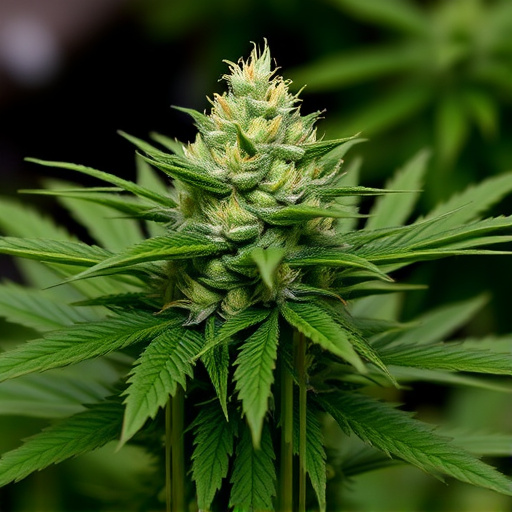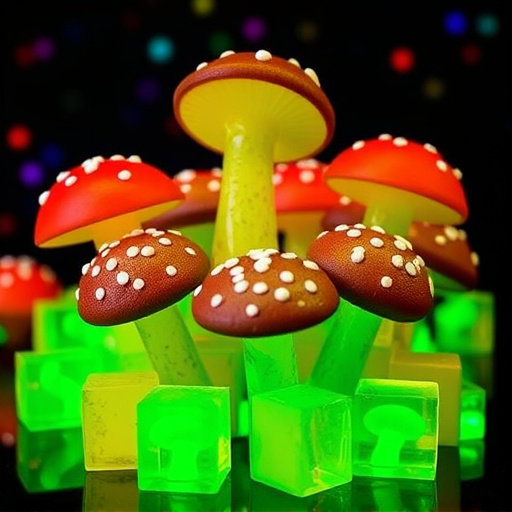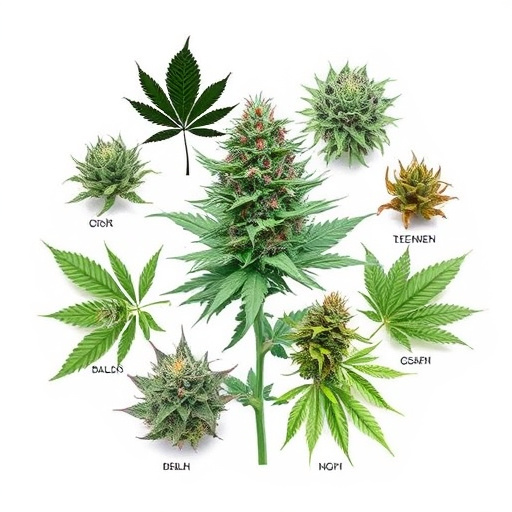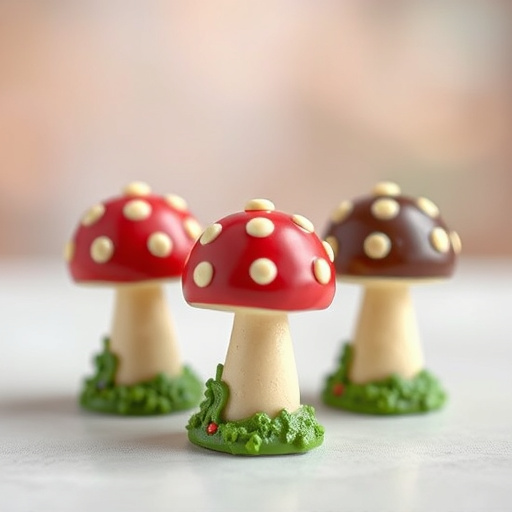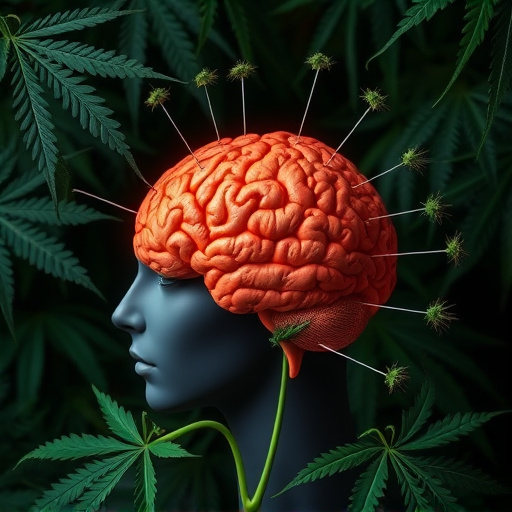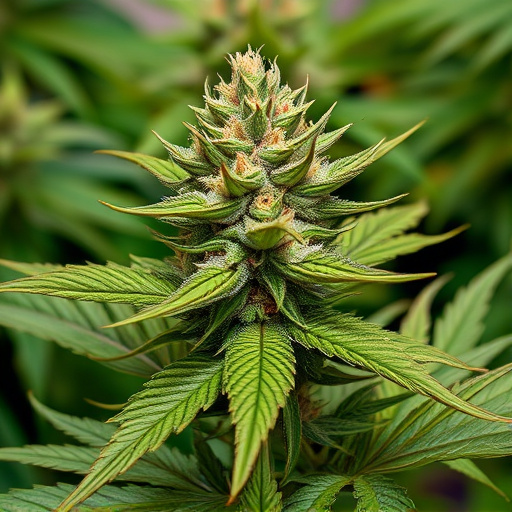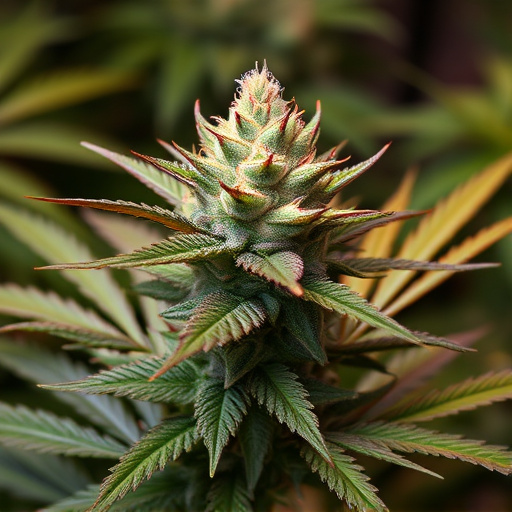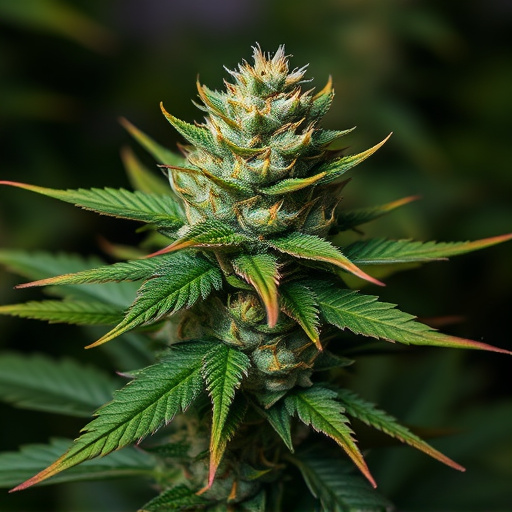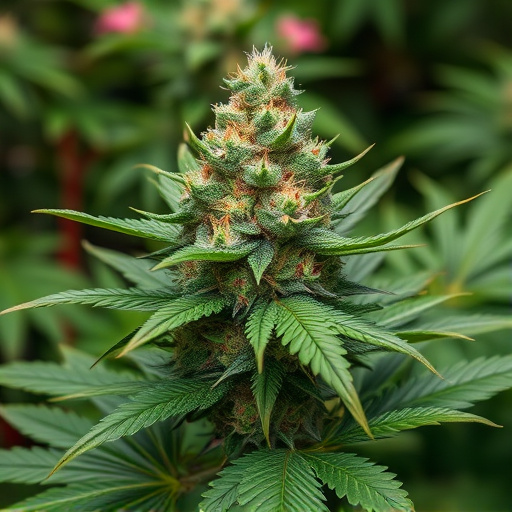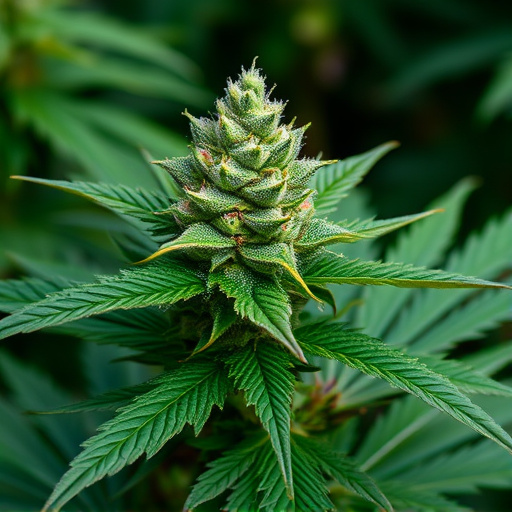Cannabis curing is an ancient method that enhances the aroma, flavor, and potency of harvested flowers, especially in cultivating strong cannabis strains. By slowly drying buds over weeks with low humidity, resins and terpenes concentrate, preserving essential compounds. This process results in more potent cured cannabis with higher THC levels and diverse terpene profiles. Proper curing at the optimal time, through meticulous temperature, humidity, and duration control, enhances potency and quality, unlocking the full potential of high-performance strains for a balanced and enjoyable consumer experience.
“Unraveling the art of cannabis curing reveals a powerful method to enhance potency, particularly in achieving strong cannabis strains. This natural process, often overlooked, significantly impacts the final product’s quality. Our article delves into the science behind cannabinoid production and flower maturity, exploring how curing influences these key factors. By understanding these relationships, cultivators can masterfully optimize their techniques, resulting in robust and potent strong cannabis strains that cater to discerning consumers.”
- Understanding Cannabis Curing and Its Effects on Potency
- The Science Behind Cannabinoid Production and Flower Maturity
- Exploring the Potential Benefits and Considerations for Curing Strong Cannabis Strains
Understanding Cannabis Curing and Its Effects on Potency
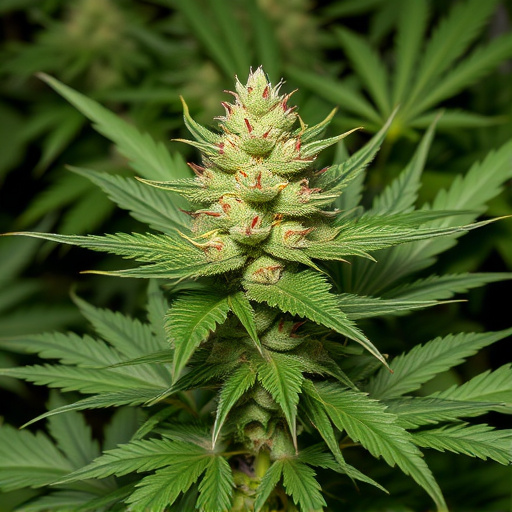
Cannabis curing is a process that involves the gradual drying and maturation of harvested flowers, aiming to enhance their aroma, flavor, and potency. This technique has been practiced for centuries in traditional cannabis cultivation. During curing, the plant’s resins and terpenes concentrate, leading to a more potent and desirable final product. In terms of strong cannabis strains, curing can play a pivotal role in unlocking the full potential of these varieties.
The process typically involves hanging or laying out the harvested buds in a controlled environment with low humidity for several weeks. This slow drying allows for the natural evaporation of moisture while preserving the plant’s essential compounds. As a result, cured cannabis flowers often exhibit more pronounced effects, including higher levels of THC and enhanced terpene profiles, which contribute to the overall potency and unique experiences associated with different strains.
The Science Behind Cannabinoid Production and Flower Maturity
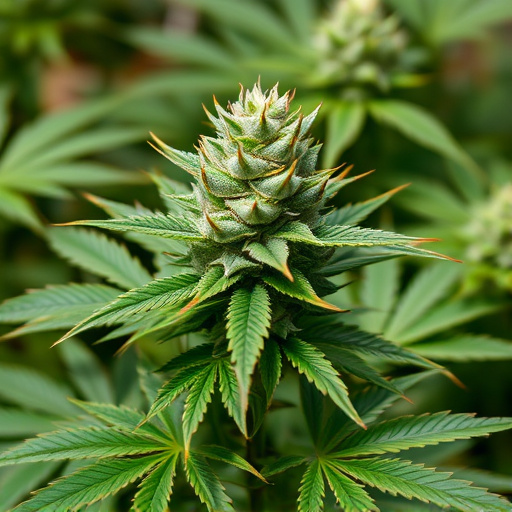
The science behind cannabinoid production in cannabis plants is intricate and fascinating. Cannabinoids, such as THC and CBD, are secondary metabolites produced by the plant as it matures. This process is influenced by various factors, including environmental conditions, genetic makeup, and cultivation techniques. As cannabis flowers develop, they go through distinct stages of maturity, each crucial for maximizing cannabinoid content.
During flower maturity, cannabis plants undergo significant physiological changes. The buds start to dense up, and trichomes—small hair-like structures—begin to form and secrete cannabinoids. These trichomes are responsible for producing and storing terpenes, flavonoids, and cannabinoids. The optimal timing for curing plays a vital role in enhancing the potency of strong cannabis strains. Proper curing allows for the further concentration of these compounds, resulting in more potent and aromatic flowers.
Exploring the Potential Benefits and Considerations for Curing Strong Cannabis Strains
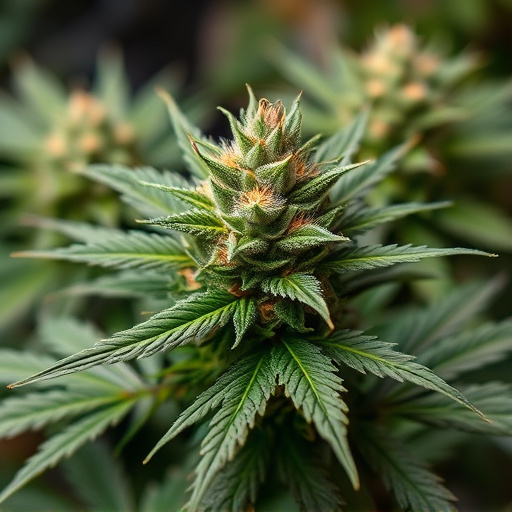
Exploring the potential benefits and considerations for curing strong cannabis strains is a fascinating aspect of cultivation. Curing, or drying and storing cannabis flowers over an extended period, can significantly enhance their potency and overall quality. This process allows for the evaporation of moisture content, preserving the plant’s unique compounds and terpene profiles, which are key contributors to its therapeutic and recreational effects.
For strong cannabis strains known for high THC or CBD levels, proper curing techniques can optimize these characteristics. It is an art that requires attention to temperature, humidity, and time. Curers must balance these factors to avoid over-drying, which can lead to a harsher final product, or under-curing, resulting in reduced potency. By carefully navigating this process, cultivators can unlock the full potential of their strong cannabis strains, offering consumers a more potent and enjoyable experience.
In conclusion, while curing can significantly enhance the potency of cannabis flowers, especially in the pursuit of creating potent strong cannabis strains, it’s a process that requires careful consideration. The science behind cannabinoid production and flower maturity underscores the importance of timing and conditions during curing. Understanding these factors enables cultivators to optimize their practices, ensuring not only increased potency but also maintaining or improving other desirable traits of strong cannabis strains.
